Peter Saville gives Aston Martin wings logo an overhaul for a new era
Aston Martin has worked with Peter Saville to reshape the iconic wings badge, spearheading a new strategic push for the luxury performance car brand
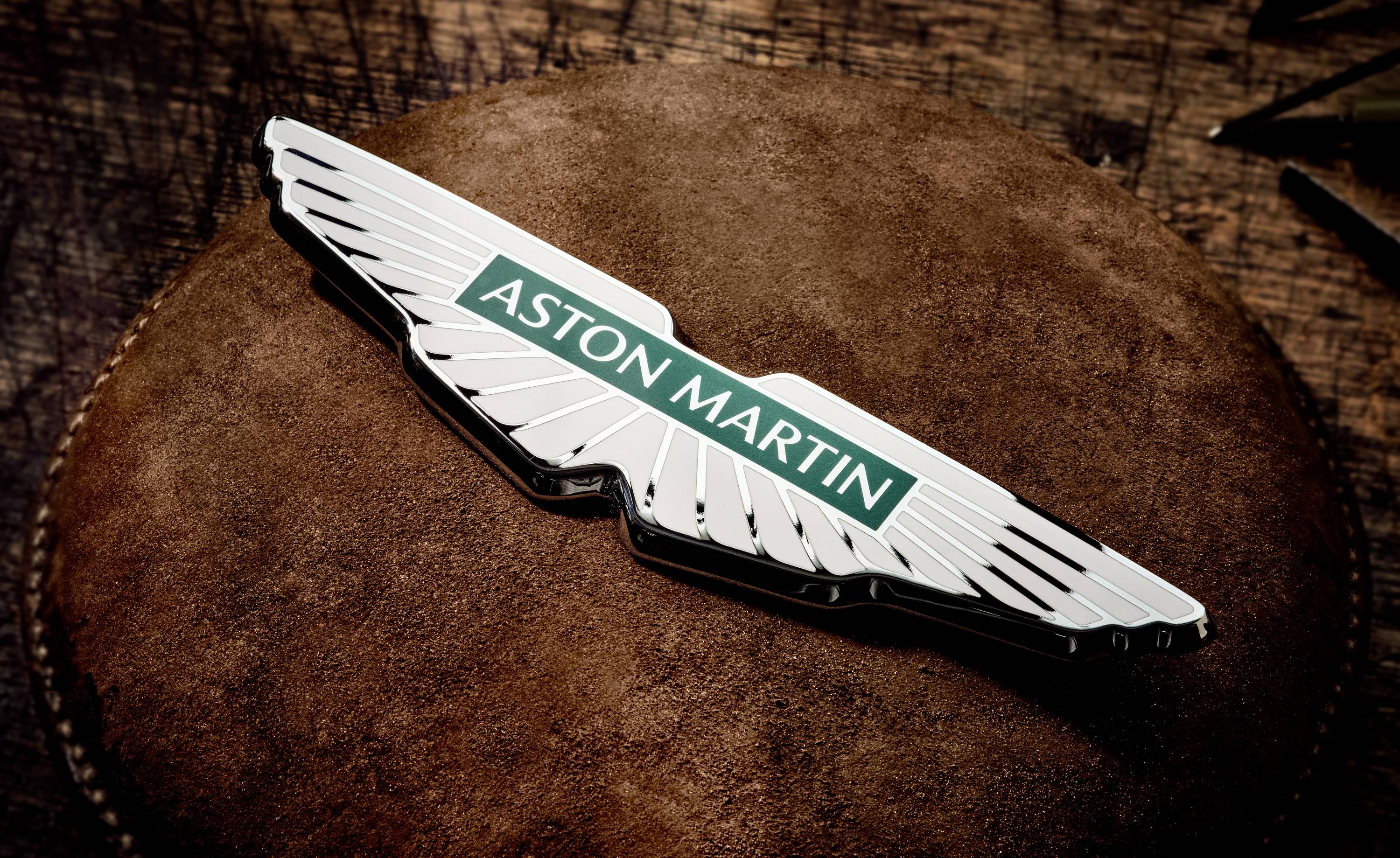
Over its 109-year history, Aston Martin has only gone through eight different badges, with the vast majority of them following a general pattern and design that was established as far back as 1932. Before that, the nascent company had relied on a simple ‘AM’ logotype, before creating a stylised, wing-shaped device that fitted with the era’s obsession with speed, swiftness, and aerodynamics.
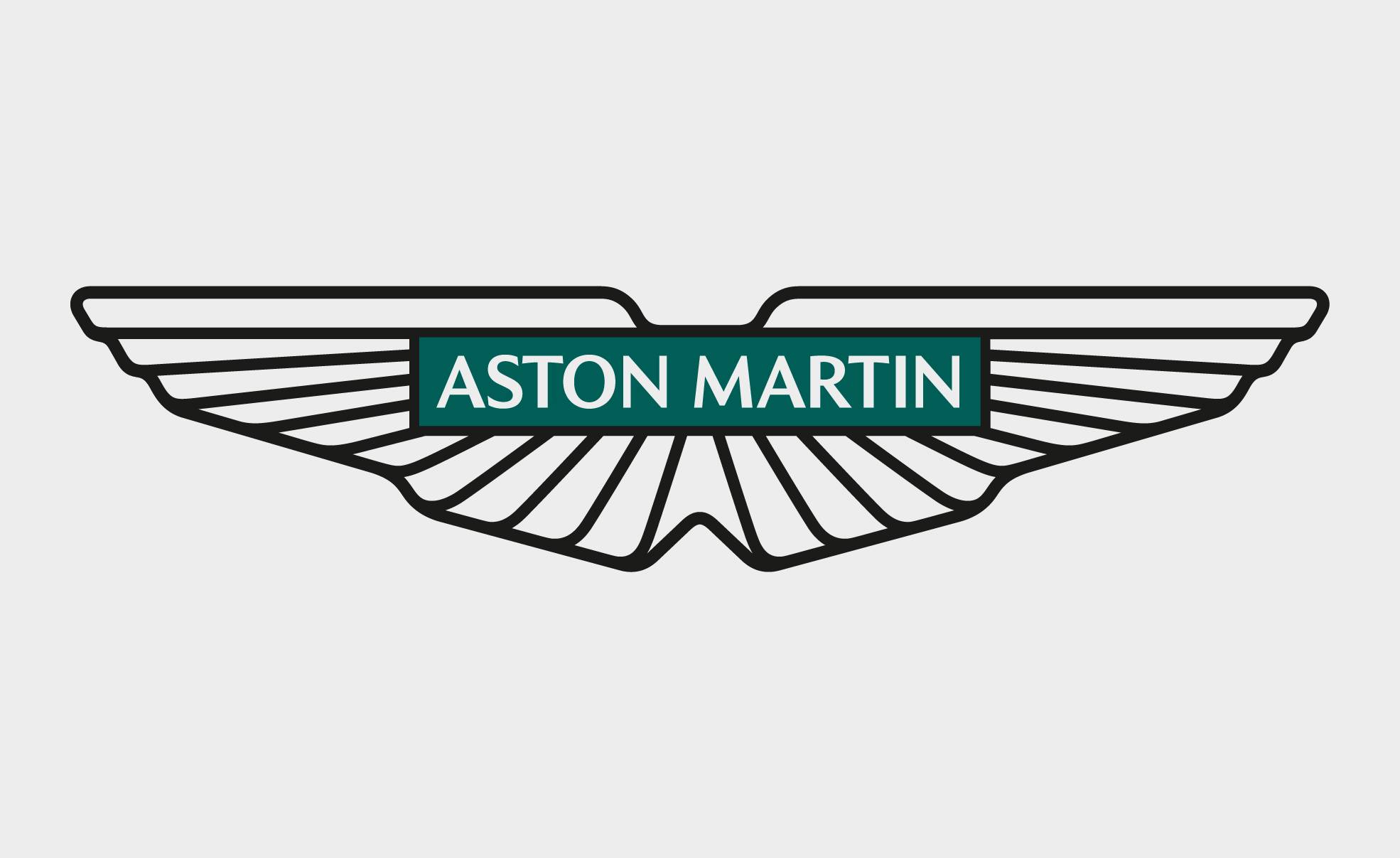
The new Aston Martin wings badge, created in collaboration with Peter Saville
Now there’s a new iteration of the wings, the badge that not only appears on the bonnet of every Aston Martin sports car, but which graces dealerships and letterheads, websites and F1 cars, along with a refinement of the typography, graphic language, and colour palette the company uses.
In short, it’s a new corporate identity, fittingly timed to match a change in leadership (new CEO Amedeo Felisa joined in May 2022) and a new generation of cars.
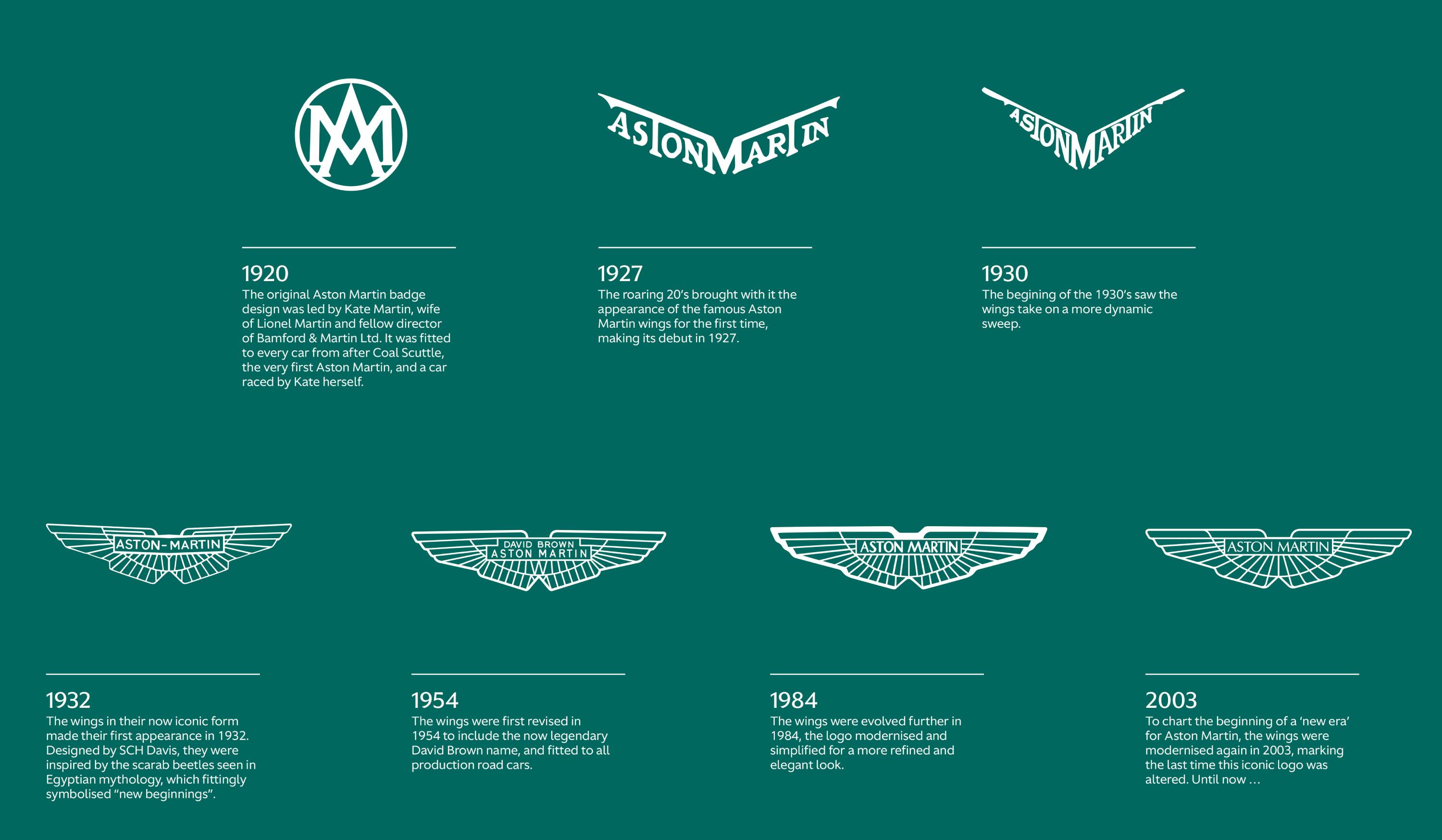
The evolution of the wings badge
Working alongside Aston Martin’s in-house design team and typeface studio Dalton Maag is a familiar face. Peter Saville was tapped for the role by Aston Martin’s CCO and EVP Marek Reichman.
‘Peter is an icon in British graphic design and an inspirational creative figure to me personally,’ says Reichman. ‘He took our exploration and evolution of the wings to another level.’
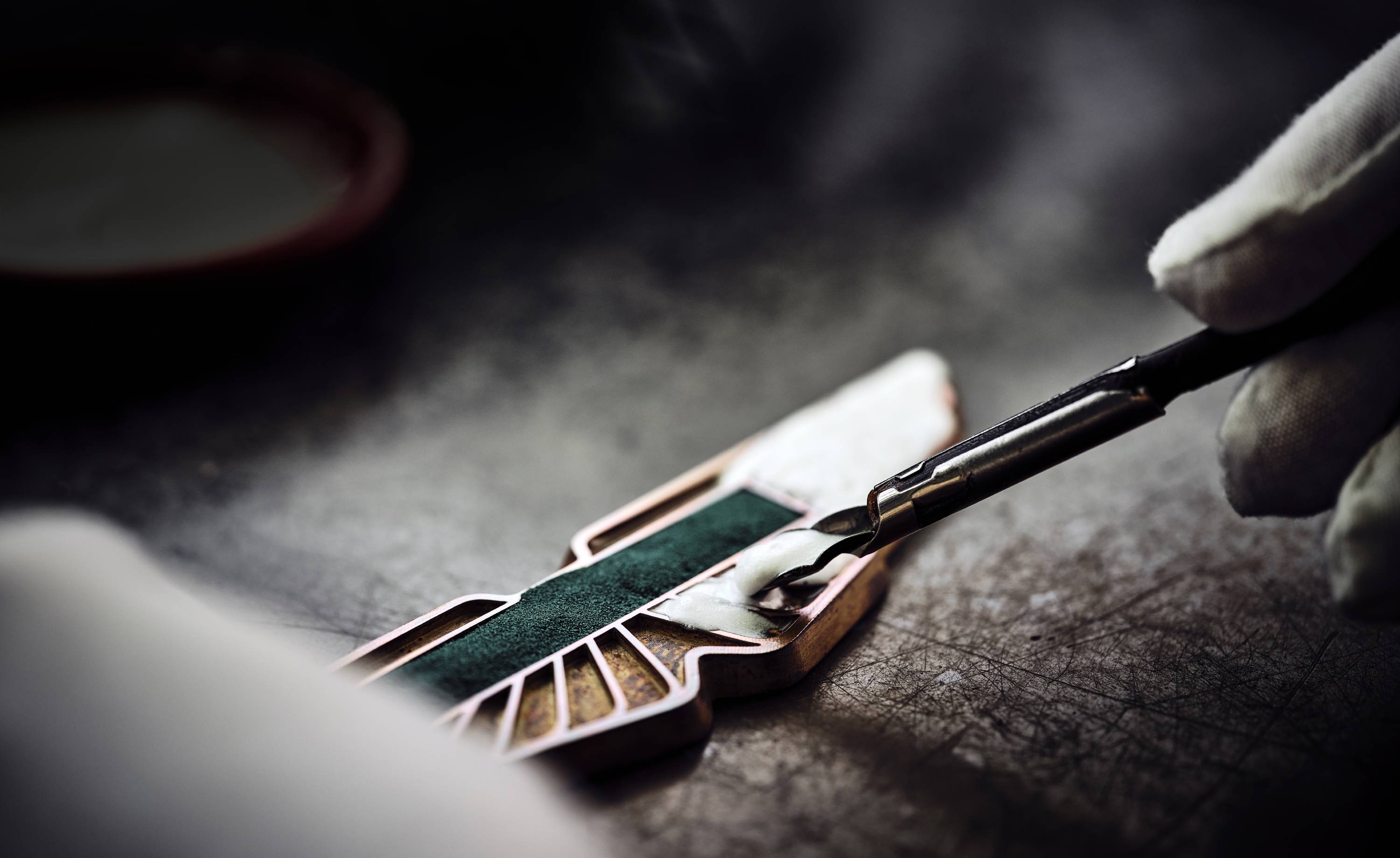
The wings badge is hand-enamelled at Vaughtons in Birmingham
The wings have been honed and streamlined, with the internal ‘curve’ element removed for a cleaner appearance. Designed to be used in digital assets as well as on the traditional enamelled bonnet badge, the logo is instantly recognisable.
‘To see this new identity, hand-crafted in physical form at Vaughtons silversmiths in Birmingham’s jewellery quarter, is a proud moment for everyone involved,’ Reichman says, ‘It's the first step to the wings taking centre stage on our next generation of ultra-luxury performance sports cars.’
Wallpaper* Newsletter
Receive our daily digest of inspiration, escapism and design stories from around the world direct to your inbox.
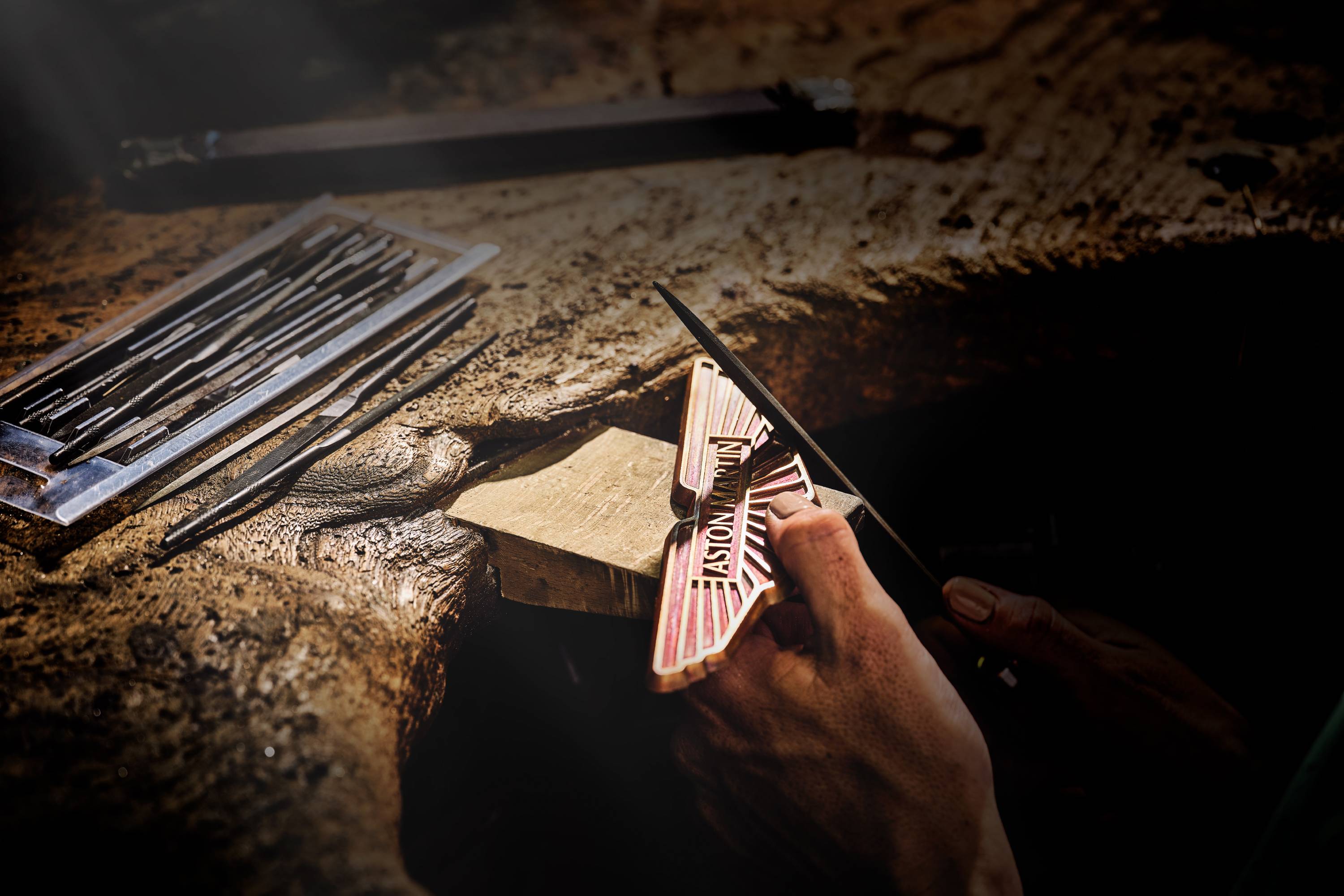
The first car to bear the new wings is still a few months away; Aston is committed to an ambitious programme of new models, including the mid-engined Valhalla and substantial revisions to its core sports car models, the DB11, Vantage, and DBS.
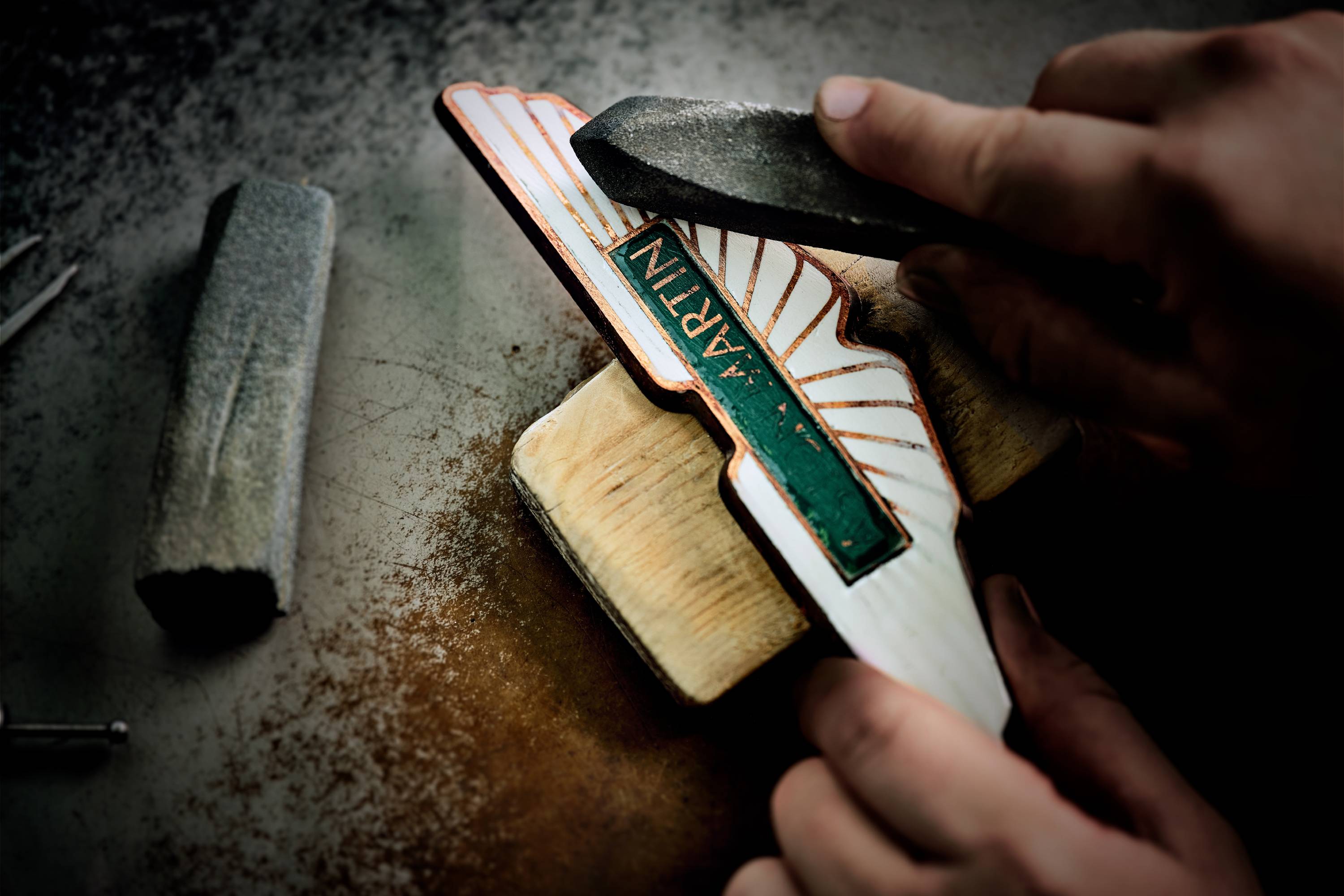
The wings badge is hand-enamelled at Vaughtons in Birmingham
‘The Aston Martin wings update is a classic example of the necessary evolution of logotypes of provenance,’ Saville explains, drawing parallels between Aston Martin and other storied luxury brands. ‘Subtle but necessary enhancements not only keep forms fresh, but allow for new technologies, situations and applications to be accommodated in the future. The process was one of clarifying and emphasising the key feature of the Aston Martin marque.’
The corporate identity will be gradually rolled out over the next 18 months, along with a renewed focus on the emotional case for the brand. A new visual campaign, ‘Intensity. Driven.’, accompanies the new wings, using the physiological effects generated by cars like the extreme Aston Martin Valkyrie to create bold graphic elements.

The new ‘Intensity. Driven.’ campaign features the Aston Martin Valkyrie
Like all the major luxury car makers, Aston Martin is taking a hitherto untrodden path to electrification. Getting a new generation of customers on board will be essential to secure the brand’s second century.
INFORMATION
Jonathan Bell has written for Wallpaper* magazine since 1999, covering everything from architecture and transport design to books, tech and graphic design. He is now the magazine’s Transport and Technology Editor. Jonathan has written and edited 15 books, including Concept Car Design, 21st Century House, and The New Modern House. He is also the host of Wallpaper’s first podcast.
-
 Put these emerging artists on your radar
Put these emerging artists on your radarThis crop of six new talents is poised to shake up the art world. Get to know them now
By Tianna Williams
-
 Dining at Pyrá feels like a Mediterranean kiss on both cheeks
Dining at Pyrá feels like a Mediterranean kiss on both cheeksDesigned by House of Dré, this Lonsdale Road addition dishes up an enticing fusion of Greek and Spanish cooking
By Sofia de la Cruz
-
 Creased, crumpled: S/S 2025 menswear is about clothes that have ‘lived a life’
Creased, crumpled: S/S 2025 menswear is about clothes that have ‘lived a life’The S/S 2025 menswear collections see designers embrace the creased and the crumpled, conjuring a mood of laidback languor that ran through the season – captured here by photographer Steve Harnacke and stylist Nicola Neri for Wallpaper*
By Jack Moss